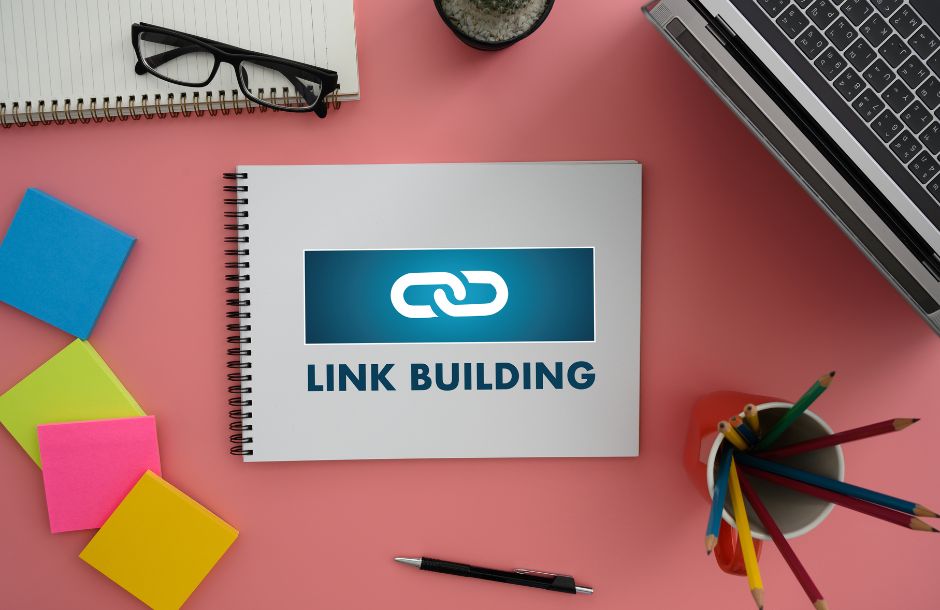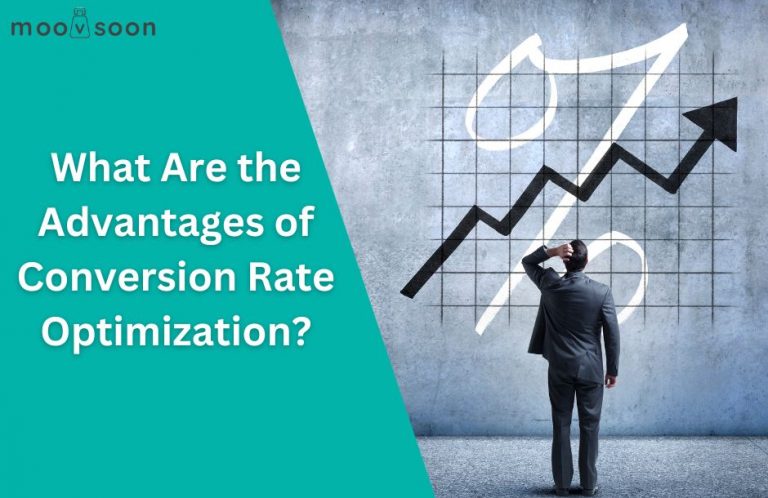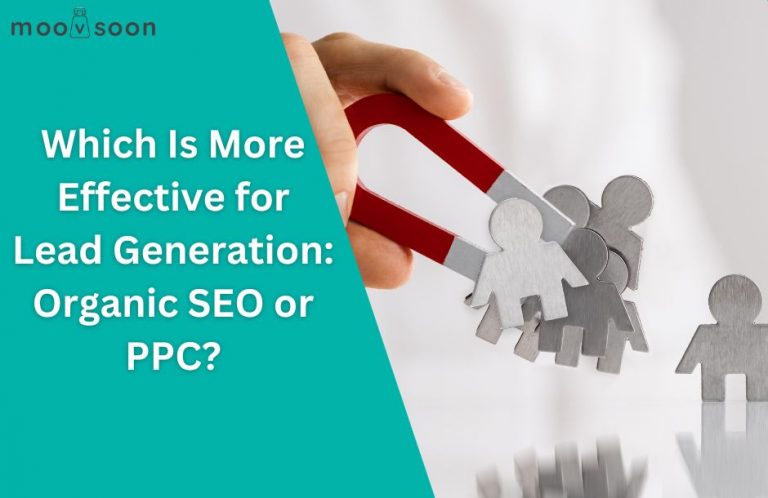
How Can You Optimize Your Internal Linking Strategy?
Strengthening your Internal Linking Strategy for Enhanced SEO Visibility and Performance. Our team at MoovSoon understands the value of leveraging digital tools to maximize your website’s performance during slow seasons, and we invite you to explore moving leads opportunities tailored for the moving industry.
Optimizing internal links supports search engines in understanding the site structure and content relationships, which improves indexing efficiency. Internal link implementation allows search engine crawlers to navigate your website effectively, ensuring content pages receive proper visibility. The evolution of SEO practices has emphasized internal link importance, with insights showing organized linking structures can increase page authority signals and elevate user interactions on your website.
To develop an effective internal linking plan, identify high-priority pages for ranking, such as cornerstone resources or top-converting destinations. Distributing link equity from trusted pages to those with potential for growth supports ranking improvements. Using keyword-relevant anchor text both aids search engine comprehension and guides users clearly through information. Scheduled reviews of your internal links verify link quality remains high and keeps website navigation smooth for users and search engines alike.

Core Value of Internal Links for Website SEO and Structure
Internal links serve a critical function on websites by improving navigation pathways, distributing authority across pages, and enhancing overall user experience. Establishing connections between related content enables search engines to interpret site structure and contextual relationships, which can positively affect positions in search rankings.
Internal links direct site visitors toward relevant resources, which raises engagement metrics and lowers immediate exit rates. These links support strategic transfer of page authority, making sure every section of the website participates in achieving strong SEO results.
Implementing meaningful internal links improves search engine indexing processes and increases organic traffic potential. Achieving the full advantage of these outcomes relies on integration of links that are both relevant and contextually appropriate within your content.
Enhancing User Navigation with Effective Internal Link Placement
Internal links greatly improve user navigation by connecting content sections and pages throughout the site. By creating clear pathways between topics or articles, users can easily discover resources they find valuable, which strengthens their experience. Efficient navigation routes provided by thoughtful links encourage engagement, decrease rapid exits from the website, and lengthen user sessions. Our team at MoovSoon offers expertise in enhancing digital pathways and user engagement through tailored solutions. Feel free to contact us at +1 (914) 255-5452 to discuss how we can support your SEO and marketing needs.
Internal links also signal site structure to search engines, improving both distribution of page value and visibility in rankings. Guiding users through content via these connections delivers a streamlined browsing journey, supports logical navigation patterns, and contributes to greater accessibility and organization of your site.
How Internal Links Improve Website Design and User Experience
Internal links improve website design by connecting pages to streamline navigation, facilitate user journey, and increase SEO value. The links shape a logical structure, helping visitors move between related topics, reducing bounce rates, and increasing the time users interact with your website.
When site owners connect relevant pages, internal links assist search engines in mapping page hierarchy and recognizing the significance of specific content, which increases rankings. These links distribute authority and highlight valuable content sections, supporting conversion-focused objectives.
Web designers and site administrators must create a balanced internal linking system to prevent overwhelming users or making navigation confusing.
Internal Link Authority: Distributing PageRank and Enhancing Page Value
Internal links distribute authority to pages by transferring PageRank and relevance signals throughout the website, which enables search engines to detect site architecture. By pointing links to priority pages, webmasters emphasize their importance to search engines, which increases page visibility and ranking power.
This linking strategy directs more traffic toward valuable content, increasing user engagement and supporting positive SEO outcomes. Internal links route visitors to supplementary content, which promotes engagement and helps reduce site bounce rates.
Effective internal linking supports organized navigation for users and preserves a logical and clear information structure across the site.
Actionable Strategies to Build Additional Internal Linking Opportunities
Expanding internal linking opportunities improves site organization and increases search engine visibility. Begin by performing a comprehensive content review to discover existing pages with shared or compatible subjects for natural interlinking.
Create and follow a topic calendar when planning new articles, so each piece aligns with current content and can receive pertinent internal links. Develop cornerstone content as in-depth, foundational pages that send signals to more detailed posts on closely related subtopics.
Organize material into topic clusters, making one main article central and connecting supporting posts to it, so you establish interconnected site pathways. Revisit published pages and add new internal links to keep the linking structure updated and relevant as your site content grows. We invite you to explore our services that can help automate and manage such content strategies efficiently. Our team is available at +1 (914) 255-5452 to answer questions or provide guidance.
Leverage analytics software to monitor user movement across your site and identify frequently visited pages to position new links efficiently. Always confirm anchor text is clear and topic-relevant, which aids search engines in recognizing linked pages and improves navigation clarity for users.
How Strategic Content Creation Drives Internal Linking Opportunities
Producing content using a structured approach can expand internal linking opportunities within a website. Developing varied and relevant materials enables webmasters to interlink articles on similar subjects, which supports user navigation and strengthens SEO signals.
Here are some strategies:
- Develop Cornerstone Content: Authors create comprehensive resources that address broad themes. These cornerstone pages function as primary anchors, connecting seamlessly to more detailed, specific pages within the website.
- Use Topic Clusters: Organizers arrange content into clusters for better semantic relationships. A main topic serves as the central node while interlinked subtopics direct visitors to and from the main page, establishing a logical internal link network.
- Regularly Update Content: Editors refresh pre-existing pages with new information and embed references to the latest material, helping maintain topical relevance and ongoing content connectivity.
Why Combining Backlinks with Internal Links Increases Ranking Power
Marketers build backlinks alongside internal links because both types influence website authority and search engine visibility. External links from reputable websites work as third-party validations, informing search engines that a page delivers real value. This positively impacts domain authority and conveys trustworthiness to algorithms.
Internal linking tactics, like selecting contextual anchor text and associating related assets, expand navigational paths within the site. These self-referential links assist users as they move through connected content, providing a positive user journey and allocating page equity across important URLs.
Combining the advantages of external backlinks with internal connections raises overall site exposure and encourages greater organic visitor flow.
Effective Steps for Mapping Your Website’s Internal Link Structure
Website administrators begin internal link mapping by constructing a detailed site map. This diagram exposes the architecture of existing web pages, highlighting current link structures and revealing areas with limited connectivity.
Next, teams divide website content into fundamental subjects and supporting subtopics, with every URL intentionally cross-linked to relevant information. Employing anchor text containing relevant search terms strategically supports SEO efforts and guides visitors through the most important content efficiently.
Regular audits of the site map using analytics help spot pages seeing high bounce rates or low engagement, letting teams reconfigure internal links to better navigation flow and improve the visitor experience. To learn more about practical application and integration, see it in action or schedule a demo with our experts. We also recommend utilizing our services for automation and insight-driven optimization. Contact us anytime at +1 (914) 255-5452.
Top Tools for Visualizing Your Website’s Internal Link Structure
Website owners can map internal links effectively by using visualization tools that display the structure of connections between pages. Visualizing your website’s link structure clarifies navigation pathways and supports optimization of your internal linking approach for improved user experience and search performance. Five tools below help provide accurate internal link visualization and actionable site structure insights:
- Screaming Frog SEO Spider: Screaming Frog crawls your site and builds a visual sitemap of your internal links. The tool detects broken links, identifies redirects, and highlights duplicate content, supporting efficient optimization of your site’s architecture to enhance user navigation.
- Google Search Console: Google Search Console displays reports on both internal and external linking. The “Links” report reveals which pages have the most links and identifies pages with thin internal links, supporting targeted improvements to page discoverability.
- Ahrefs Site Audit: Ahrefs Site Audit investigates your internal linking network, detecting orphan pages and missing or broken links. The tool offers recommendations to improve internal link distribution and helps build page authority for greater search engine visibility.
- Netpeak Spider: Netpeak Spider audits your internal links and presents a visual summary of your link architecture. This tool discovers issues and uncovers optimization opportunities, which is particularly helpful for large sites with many interconnected pages.
- Sitebulb: Sitebulb visually outlines your internal linking structure with interactive graphs. The tool highlights missing or broken links and flags potential link optimization areas, letting you efficiently prioritize updates for better SEO outcomes.
These tools help webmasters understand their internal link structure and support actionable improvements that enhance site performance in search engine rankings.
The Impact of Link Hierarchy Analysis on SEO Performance
Site owners analyze the link hierarchy to make sure search engines and users navigate the site efficiently, which raises the chances of higher SEO performance. Establishing a clear link hierarchy distributes page relevance and authority, boosting the prominence of key content in search results.
Begin by mapping your most important internal links and prioritize pages essential for business goals, such as product or service offerings. Analytics platforms like Google Analytics highlight which internal links attract the highest traffic volume.
Routinely update your internal link map to mirror shifts in your content strategy, keeping high-value pages visible and easy to access.
Mistakes to Avoid in Internal Linking for Better SEO Results
Making errors with internal linking undermines your SEO performance and can hinder ranking improvements. Placing too many links on a page diminishes the value passed through each link and can overwhelm users with excessive choices.
Using anchor text that does not directly relate to the linked content confuses users and disrupts search engine understanding. Failing to update old links after URL changes produces broken links, which damages user trust and site ratings in search engines.
Linking to unrelated or low-quality pages harms your website’s perceived trustworthiness and can negatively affect rankings. Not directing links to high-priority or high-value pages misses opportunities to channel authority and traffic toward the content that matters most.
Maintain a coherent, relevant, and regularly updated internal linking plan for improved navigation and stronger search presence.
Why Limiting Excessive Internal Links Improves SEO and User Experience
Using too many internal links on a page can create user confusion and decrease the authority distributed to each linked page, which reduces SEO effectiveness.
Webmasters often link excessively to unrelated pages, which disperses link equity and distracts from the topic. Each internal link should connect to relevant content so users can follow a logical path through the material.
Focus on link quality to help users navigate and reinforce the subject of the page. This method supports an organized site structure, strengthens authority, and can help your website rank higher in search results while promoting a better user journey.
How Consistent Anchor Text Supports Clarity and Trust for Users
Inconsistent anchor text lowers user confidence and causes confusion because users might not recognize what a link actually points to. When link text rarely matches the destination or seems vague, users hesitate and question the purpose of the link.
Web publishers often use generic terms like “click here” instead of informative phrases, causing users to lose track of the content’s relationships. This disrupts navigation flow, making discovery of related pages less intuitive and decreasing internal linking value.
Consistent and informative anchor text lets users navigate easily and supports natural trust in the website.
Internal Linking Strategy: Enhancing SEO Performance and User Engagement
A strategic approach to internal linking can increase both your site’s search ranking and visitor satisfaction. When you guide users through interconnected content, you create more engagement and visitors typically stay on your site longer.
Well-implemented internal links help users move easily between topics while also making it clear for search engines how your site is organized. Creating strong structural links between content can drive more search traffic to your site’s important pages.
To create better internal links, structure your pages around a logical hierarchy. Distribute link equity by pointing to high-value pages from multiple sources within your content, so these authority pages receive more visibility and relevance.
Use descriptive anchor text for your internal links so both users and search engines clearly understand link destinations. Run routine link audits to find and repair broken internal links to keep navigation smooth and avoid SEO setbacks.
The placement of each link is important. Links placed naturally within page content offer more benefit than those in sidebars or footers. By integrating these best practices, you help users discover more content and foster prolonged exploration of your website. If you’re curious about how our realtor integration tools and automated marketing solutions can assist your business, please book a demo or contact us at +1 (914) 255-5452. For additional details or personalized support, feel free to reach out via email at info@moovsoon.com.



